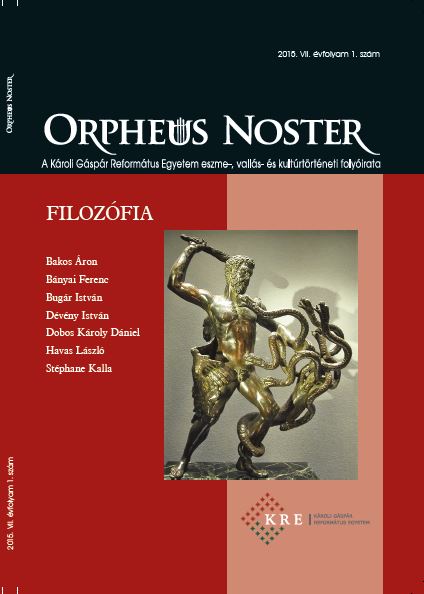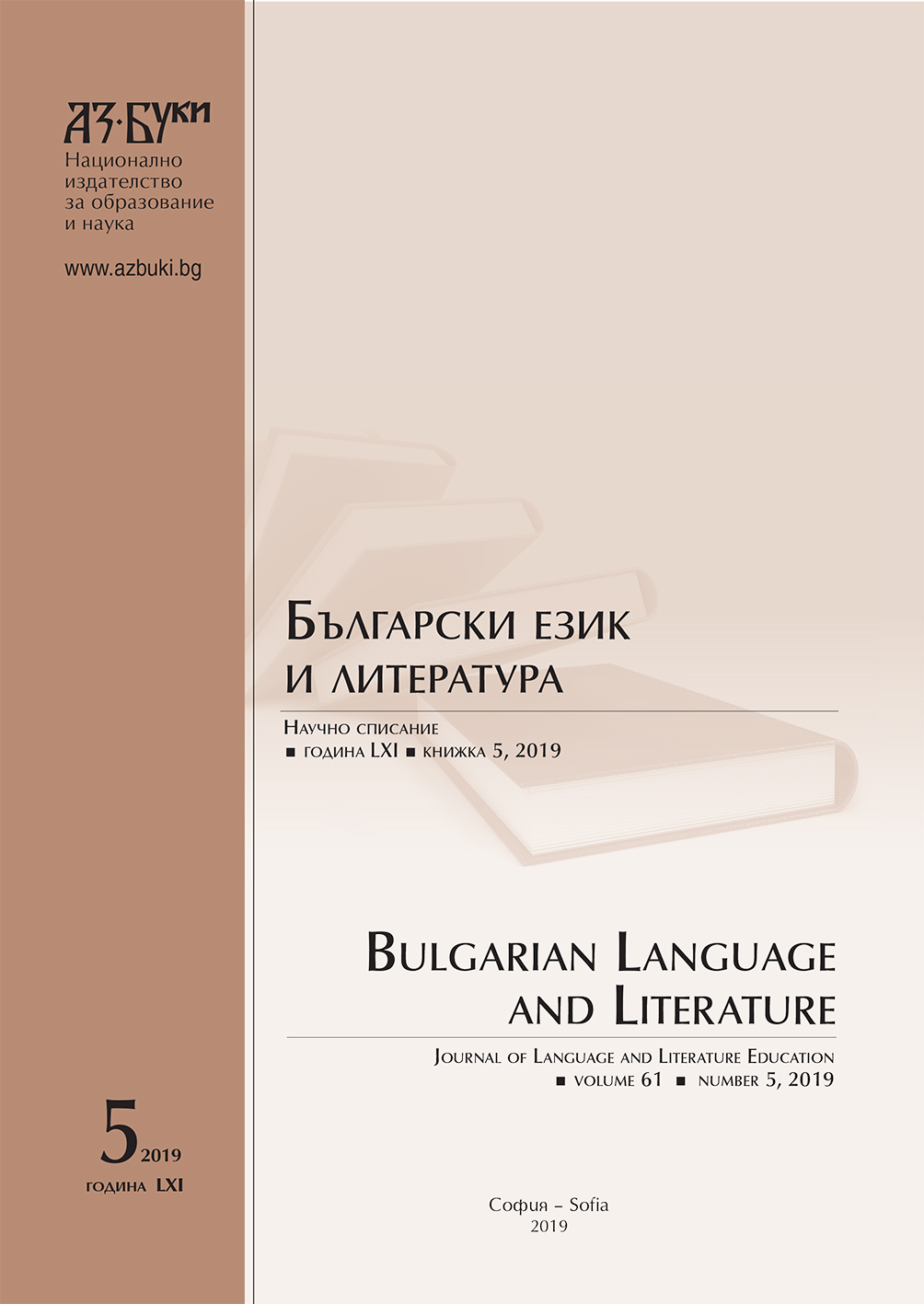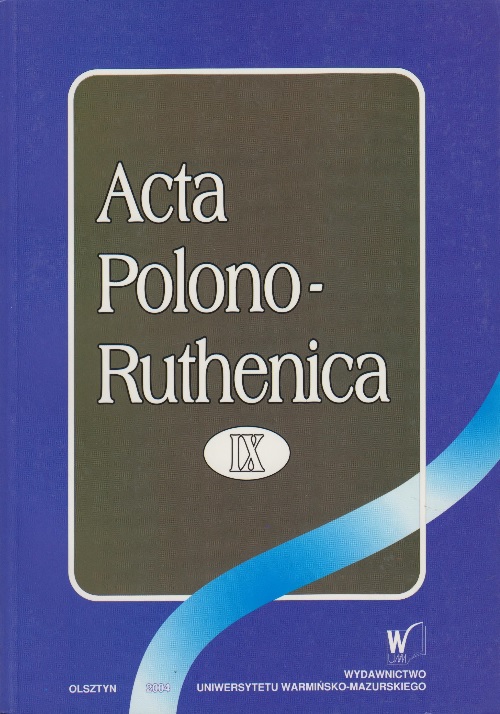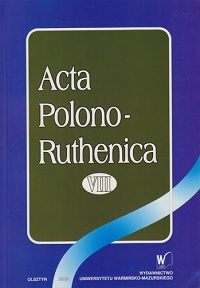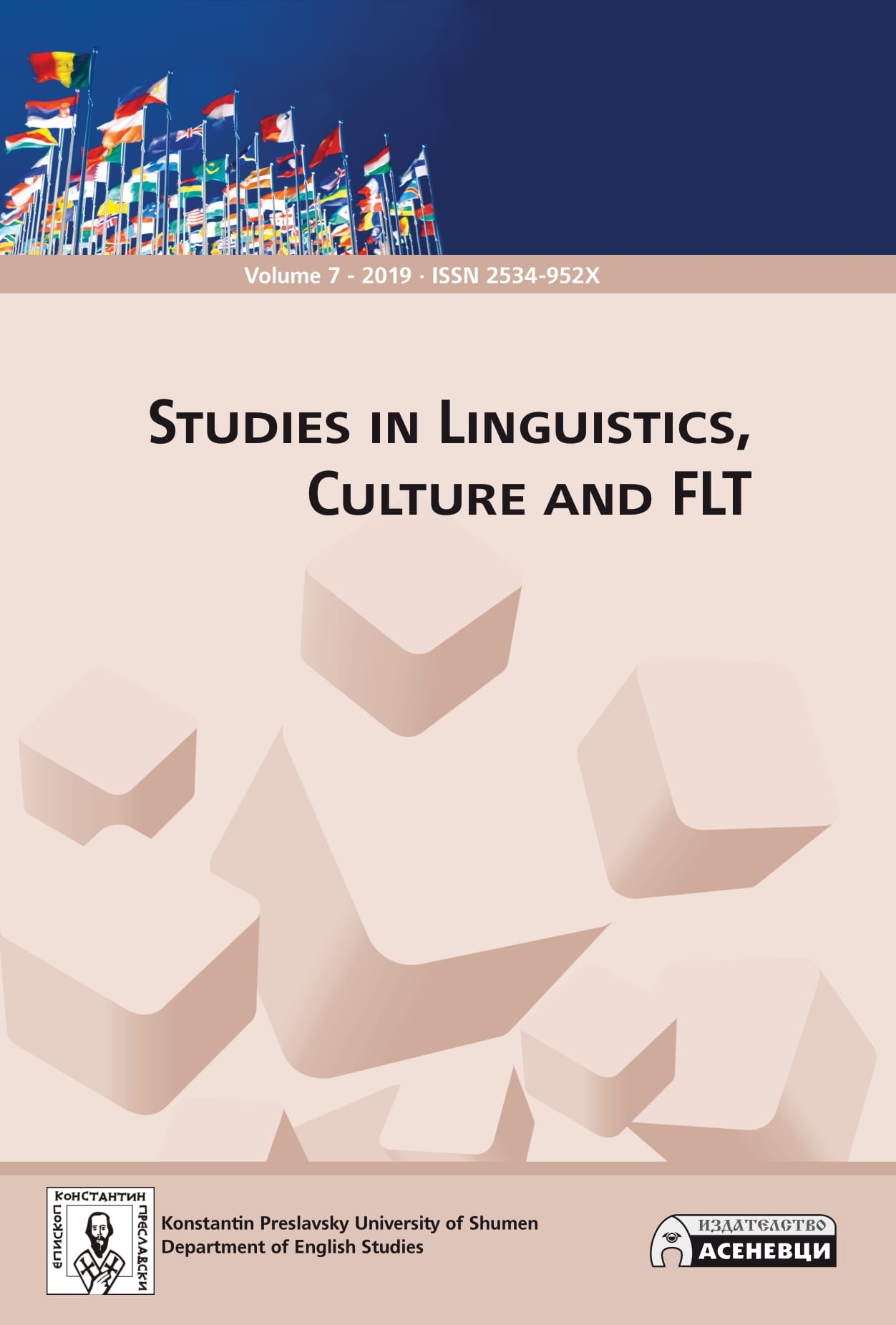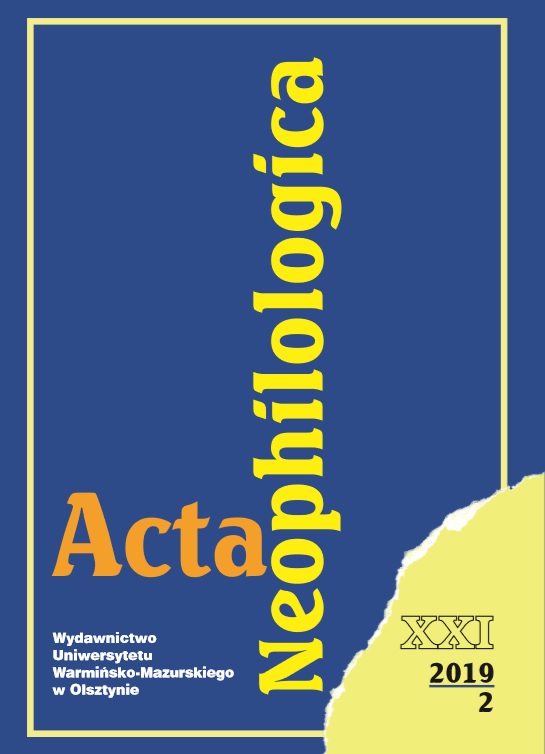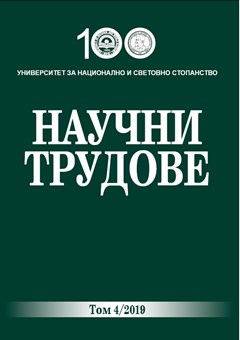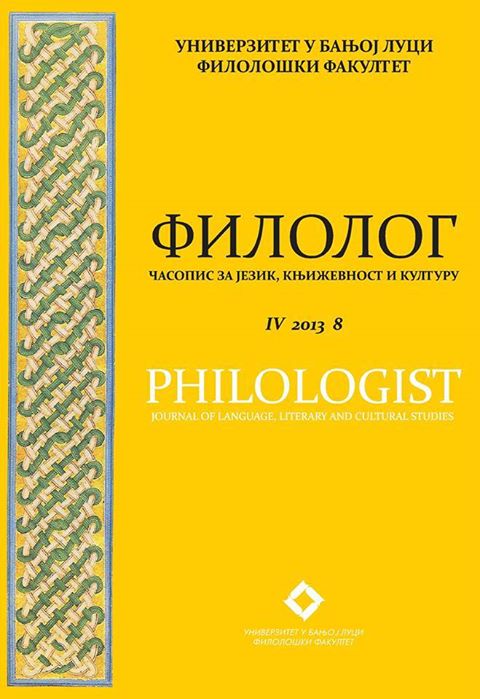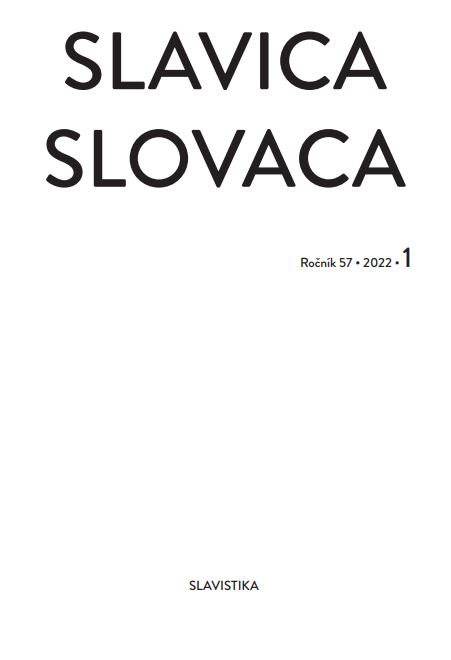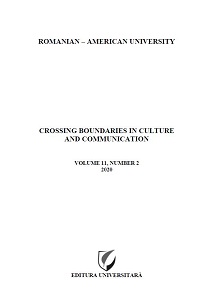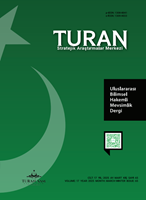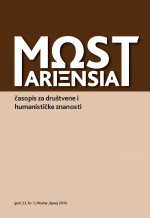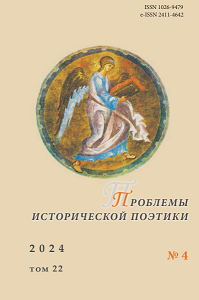Author(s): Vladimir Aleksandrovich Viktorovich / Language(s): Russian
Issue: 4/2024
The article proposes a systematic analysis of the weekly “Grazhdanin” (“The Citizen”) in the first year of its publication (1872), just prior to F. M. Dostoevsky joining its staff. According to its opponents, the image of the “Grazhdanin” (“The Citizen”) was determined exclusively by V. P. Meshchersky, nicknamed the “dot prince” for his call to halt the movement towards a constitutional reform. Both the strengths and weaknesses of Meshchersky’s program and the writing style are revealed. At the same time, contrary to the well-established opinion about the prince’s monopoly in shaping the concept of the periodical, the importance of other key authors is revealed — both those whom Meshchersky called “receivers” in his memoirs, and those whom he did not mention for some reason. The concept of the publication was formed at the junction of ideological and stylistic traditions, adopted by its authors from Slavophiles and members of the Native Soil movement, on the one hand (M. I. Koyalovich, N. N. Strakhov, A. N. Maikov, I. Yu. Nekrasov), and from the state-conservative “Katkov” journalism, on the other (B. M. Markevich, P. K. Shchebalsky, K. P. Pobedonostsev). The desire for harmony of moral (Christian) and legal (state) principles was the basis of the projective concept of the “Grazhdanin” (“The Citizen”). These principles were not always reconciled with each other, causing internal editorial controversy. It did not necessarily mean a break (although this has happened), since it was about the formation of a single broad “Russian” trend, which Strakhov, following Fyodor and Mikhail Dostoevsky, defined as the “Russian party.” Meshchersky’s idea from the very beginning was to create a press body that would become a discussion platform for the free expression of “independent” minds. The rejection of the authoritarian style (which prevailed at that time in radical and liberal journalism) brings to mind the experience of the Dostoevsky brothers’ magazines “Vremya” and “Epocha.” “Grazhdanin” (“The Citizen”) also aimed for dialogue, rather than dictate — a dialogue with the authorities, the zemstvo, the nobility, the church, and the youth. In this regard, it is clear why the pages of the weekly preferred a genre as autonomous as “letters”: historical, political, literary, theatrical, provincial, travel, letters to the editor. In an effort to present the polyphony of opinions of “decent people” who are not indifferent to the fate of the country, Meshchersky sometimes resorted to role-playing journalism, writing letters to himself on behalf of a peasant, a teacher, a zemstvo worker, a military man. In general, in the aggregate of all published materials, “Grazhdanin” (“The Citizen”) appears to be a publication that resolutely and sometimes boldly raised the question of the price of the ongoing changes, the destruction of the moral and spiritual foundations of society and the state, and a return to traditional Christian values. The weekly formed an updated kind of conservative journalism, which was further developed in the journalistic work of F. M. Dostoevsky.
More...
